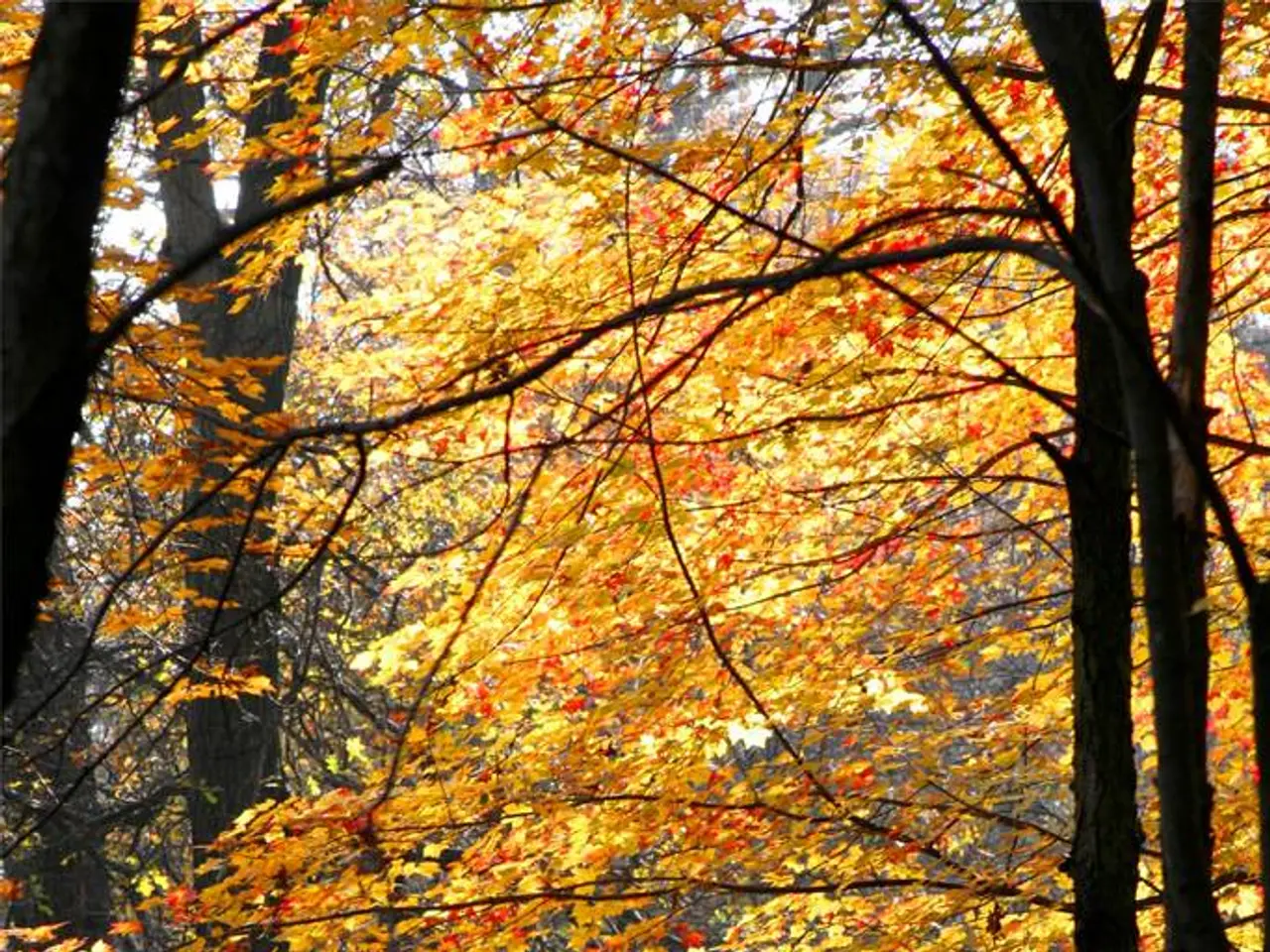Care and Growing Instructions for Arborvitae Trees
In the realm of evergreen plants, the Arborvitae stands out as a popular choice for garden enthusiasts and homeowners alike. With its unique appearance and versatile nature, this hardy plant offers a range of benefits for various landscaping needs. However, like any other plant, Arborvitae is not immune to pests and diseases that can impact its health and aesthetics.
Identifying Common Pests and Diseases
Arborvitae plants are susceptible to a variety of issues, including branch blight, caused by fungi such as Phomopsis and Kabatiella, leading to dieback of branches. Arborvitae leaf blight, caused by Didymascella thujina, results in browning and defoliation of foliage. Bagworms, tiny caterpillars that build silk bags on branches, can cause severe defoliation. Cercospora leaf spot, a fungal disease, causes spotted lesions on leaves, while spider mites and scale insects weaken the plant by sucking plant juices. Root rot, caused by Phytophthora or Pythium fungi, leads to root decay and poor plant health. The arborvitae leafminer, larvae of moths that tunnel inside leaves, cause premature browning and defoliation. Other pests include aphids and some scale species like Fletcher scale, which affect sap flow and overall vigor.
Maintaining a Healthy Arborvitae
Early recognition, proactive prevention, and timely management are key to protecting Arborvitae from these potential threats. This can be achieved through various methods, including pruning, the application of insecticides, and cultural practices like mulching and watering.
Understanding Arborvitae
Arborvitae is a low-maintenance evergreen plant that can be propagated from cuttings taken from a young, new branch in early fall. There are many cultivars of Arborvitae, each with its unique characteristics. Some popular varieties include American Arborvitae, Giant Arborvitae, Golden and Twisted Brilliance Arborvitaes, Holmstrup, Japanese, Red Western Cedar, Golden Globe, Emerald, Dwarf forms like Hetz Midget and Baby Giant.
Arborvitae can grow multi-stemmed or with a single trunk, reaching heights of 8-12 feet (2.4-3.6 m.) with a spread of 3-4 feet (.9-1.2 m.). The plants do not need pruning, but dead or damaged plant material can be removed. When it comes to fertilising Arborvitae, a high nitrogen ratio formula such as 10-5-5 is typically used, and it is usually done in early spring.
Caring for Your Arborvitae
When planting Arborvitae, dig a hole twice as wide as the root ball and deep enough that the top 1 inch sits above the soil. Arborvitae foliage forms all the way to the ground, making it an excellent choice for screen plants. These plants are fast-growing, with initial growth of 1-2 feet per year and mature growth of up to 9 feet annually.
However, Arborvitae does not perform well in hot, dry climates, dry winds, or salty conditions. Overcrowding, overly wet soil, disease, and pests like deer, mites, and bagworms can cause issues with Arborvitae. The plants are tolerant of a range of lighting conditions but do not do well in locations with little to no sun.
Native Habitat and Distinctive Features
Arborvitae is native to two of the five species of the genus Thuja, which are native to North America. The plants have scale-like green leaves and insignificant flowers that resemble tiny pine cones. With proper care and attention, Arborvitae can thrive and provide a beautiful addition to any garden or landscape.
[1] Pest Management Guidelines for Arborvitae. (n.d.). University of California Agriculture and Natural Resources. Retrieved from https://ipm.ucanr.edu/PMG/r327800911.html
[2] Arborvitae: Thuja occidentalis. (n.d.). Missouri Botanical Garden. Retrieved from https://www.missouribotanicalgarden.org/PlantFinder/PlantFinderDetails.aspx?kempercode=t261
[3] Arborvitae (Thuja occidentalis). (n.d.). North Carolina State University Extension. Retrieved from https://plants.ces.ncsu.edu/plants/arborvitae-thuja-occidentalis/
[4] Arborvitae. (n.d.). Texas A&M AgriLife Extension Service. Retrieved from https://aggie-horticulture.tamu.edu/galveston/hgic/hgic1005.html
[5] Arborvitae. (n.d.). Purdue University Extension. Retrieved from https://extension.purdue.edu/extmedia/BP/BP-79-W.pdf
Here are two sentences related to the given words:
- For a beautiful home-and-garden, consider cultivating Arborvitae not just for its unique appearance but also its versatile resilience against various landscaping challenges.
- In gardening, it's essential to be aware of potential pests and diseases that can afflict Arborvitae, such as bagworms, spider mites, and Cercospora leaf spot, and take measures to maintain its overall health and lifestyle.




